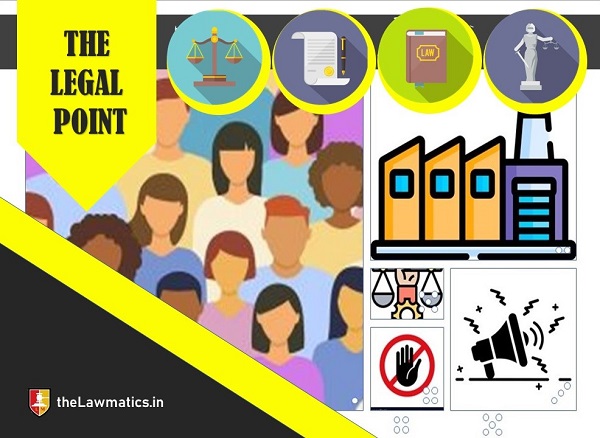There must be an act in order to create a public nuisance, and the conduct does not have to be illegal.
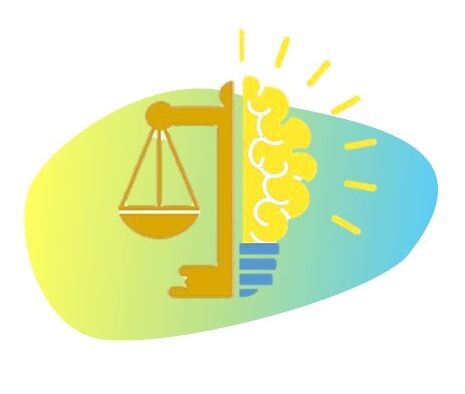
01
The concept of Public Nuisance
Nuisance means: “Anything that cause inconvenience, annoyance or damage. Public nuisance is a common annoyance that affects the general public and is a significant inconvenience to all parties.
Although an act or omission may produce an injury, it does not necessarily constitute a public nuisance unless the injury is common to the public.
It is not a requirement that a public nuisance harm every member of the public within its scope of operation. It is sufficient that it should affect individuals in general who live nearby.
Related Acts
02
The Indian Penal Code, 1860
Under The Indian Penal Code, 1860, Chapter XIV deal with the offences affecting the Public health, safety, convenience and morals.The Code of Criminal Procedure, 1973
Several sections of CrPC Chapter X empowers Executives to take action against public nuisance
Environment Protection Act, 1986
The Act empowers the Government to address pollution-related issues that can be considered public nuisances, such as air pollution, water pollution, and noise pollution.
Essential ingredients for an act to be Public Nuisance:
- Doing of any act or illegal omission to do an Act
- the Act must cause any common injury, danger or annoyance.
- to the public or
- to the people, in general, who are present near the act
- The act or omission must necessarily cause injury, impediment, danger, or irritation to any person who may have the necessity to use any public right.
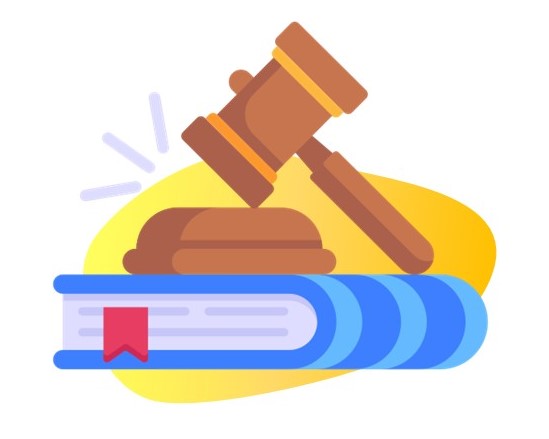
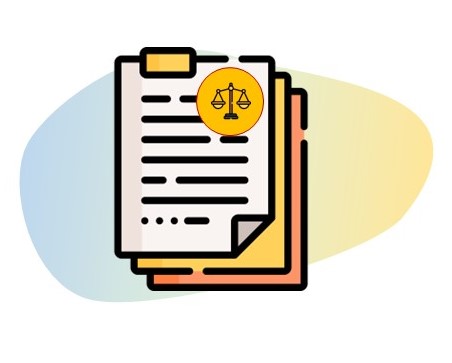
Specific
Sections
03
Section 268, IPC: States that a person is guilty of a public nuisance if they commit any act that causes annoyance, injury, or danger to the public or the local community.
Section 290, IPC: punishment for public nuisance
Section 133, CrPC: conditional order for removal of the nuisance: Empowers a District Magistrate and Sub-Divisional Magistrate to stop the nuisance on receiving such information.
Section 15, EPA(1986): Empowers the Central Government to take necessary measures to protect and improve the quality of the environment.
- Section 135, CrPC: deals with the person against whom the order is addressed to obey or show cause.
Related
Case Laws
04
K. Ramakrishnan v. State of Kerala (1999)
Court made the following observation:
- The court ruled that using tobacco in any form while smoking in public constitutes a public nuisance. Smoking violates the criteria for a public nuisance because it harms the general public.
Suhelkhan Khudayar Khan v. State of Maharashtra (2003),
the Court stated the following conditions for the application of Section 133 CrPC:
- There should be a public nuisance, meaning there should be danger or inconvenience, or it is about to occur.
- there should be a significant number of people who will be negatively impacted.
- It should not be a private dispute.
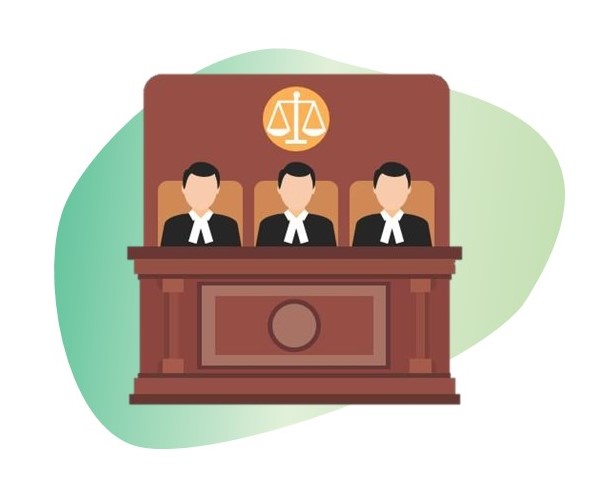

Conclusion
05
Public Nuisance
Public nuisance can include various activities such as excessive noise, pollution, obstruction of public roads, offensive odors, or other disturbances that affect the public’s use and enjoyment of their surroundings.
When someone engages in behavior that violates the rights of the general public with regard to their health, safety, morals, convenience, or welfare, they are committing a public nuisance.
.
